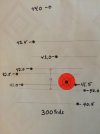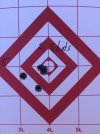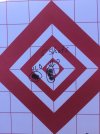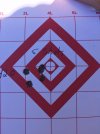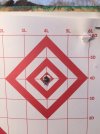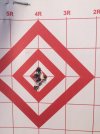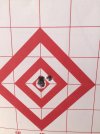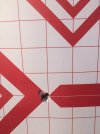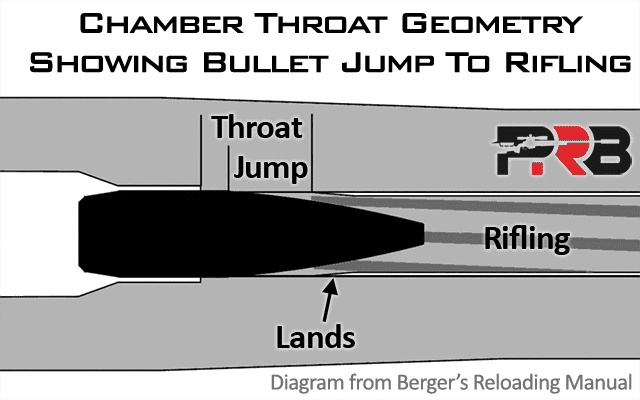Berger Method
LINK
I have some small issues with the Berger method. It is contrary to my experiences and others test results.
So, Berger says to test VLD's from 0's through about 0.15". They recommend a method where one uses 0.030" or 0.040" increments. Many people get good results, but not everybod.
Long range benchrest folks were testing from jam to maybe 0.030" max and finding some great VLD loads.
The EC's interview with Lou Murdica suggests nodes to be about 0.006 - 0.012" wide.….as well as many other accuracy sources.
To add to that, I noticed using 0.03" increments that sometimes I found a node and sometimes I did not. I have modified my technique to start at my longest reasonable length and shorten 0.005"-0.010" increments. This has worked pretty well for me.
To me, it seems like it would be hard to find your true node with any consistency using the Berger method. I think you could shoot a lot of bullets looking for a node and still only find a 2nd or 3rd node.
What are your thoughts/experience on this?

